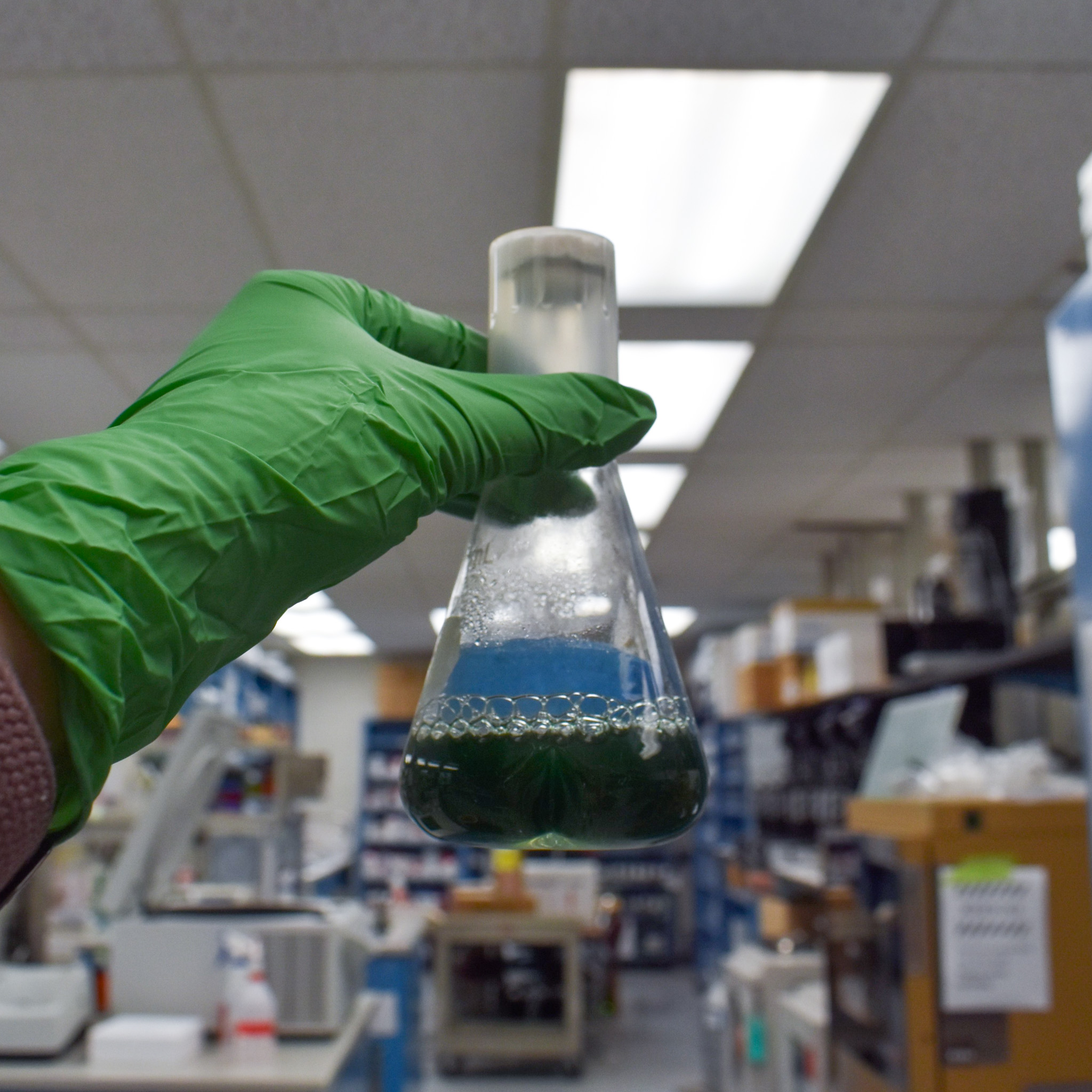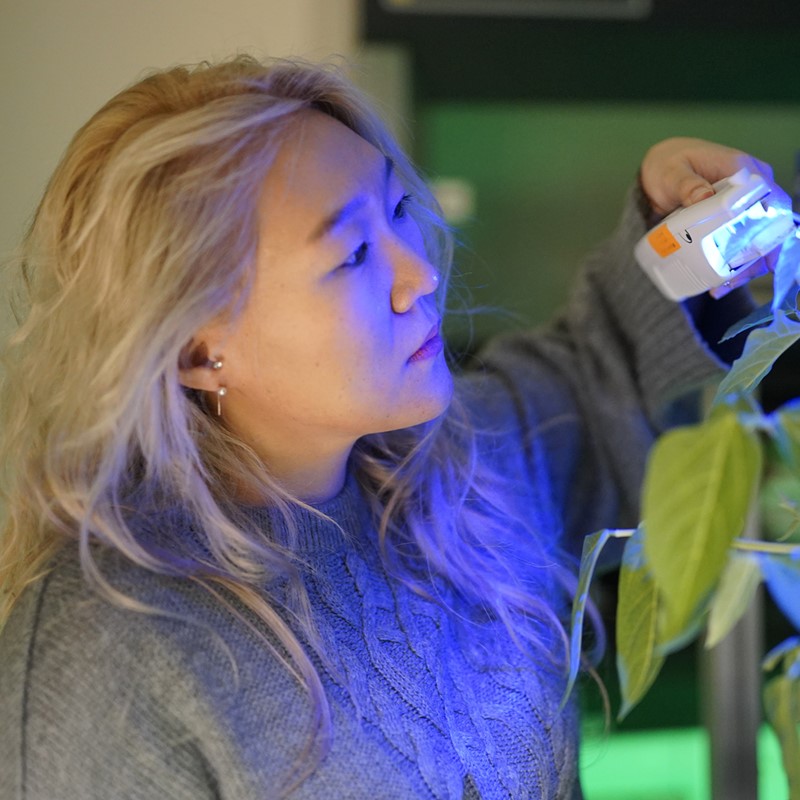Daipayan Sarkar takes on new position at the National Institute of Health

By Kara Headley
In December 2024, former MSU-DOE Plant Research Laboratory, or PRL, postdoctoral researcher Daipayan Sarkar of Josh Vermaas’s lab began his new role as a staff scientist at the National Institute of Health, or NIH.
Sarkar will be working as a staff scientist at the National Institute of Diabetes and Digestive and Kidney Disease, or NIDDK, which is one of the subdivisions of the NIH. The skills needed for this new position are very similar to what Sarkar used at the PRL, but they’ll be used for other biological applications associated with human health and disease.
Sarkar joined the PRL in May 2021. During his time here, he worked in collaboration with Cheryl Kerfeld, using her high-resolution structures of carboxysomes. His job was to look at the permeability of small molecules crossing synthetic carboxysomes using molecular dynamics. This helps researchers to better understand how gases move inside plant cells, which is crucial to understanding photosynthesis.
During his time at the PRL, Sarkar published 10 research papers, some in high impact journals such as PNAS, Nature Communications, Science Advances and Current Opinion in Biotechnology. He also had the opportunity to present at numerous national conferences, including the Gordon Research Conference and Biophysical Society meetings.
In his new position, Sarkar will receive data from data guided molecular simulations: data that comes from experimental, mostly structural biology that is using cryo-electron microscopy as methods to determine protein structure.

Image by: Daipayan Sarkar, Christopher M. Maffeo, Markus Sutter, Aleksei Aksimentiev, Cheryl A. Kerfeld, Josh V. Vermaas
“This is important because the structure function relationship basically dictates or provides the mechanistic insight that we need to understand disease,” Sarkar said. “It won’t have anything to do with photosynthesis, but it will be related to human disease.”
Molecular simulations can be applied to a wide range of areas. One area is sustainability, another is photosynthesis. These skills are transferable for different applications like human disease, which was Sarkar’s research focus before he came to the PRL.
In terms of the transferable skills from the PRL to the NIH, the overlap is clear.
The main motivation to work at the NIDDK was primarily based off Sarkar’s skillset, but also the vast amount of in-house experimental data that the NIH has to offer. This portfolio of data has not been integrated yet into the kind of simulations he’ll be doing, which he says will be “very exciting and challenging.”
A major skill Sarkar took from the PRL was the experience of working on a diverse set of problems, and he says this will be “critical” for his new job.
When asked about what was exciting about his future at the NIH, Sarkar mentioned a “scope where we are looking at integrative biology in the age of high-resolution experimental methods, physics based modeling combined with deep learning. How can we integrate what has been done in the field of structural biology… in a computational framework to gain mechanistic insights into the structure-function or structure-property relationship in biomolecular systems.
Sarkar wants to thank Josh, Cheryl and Cristoph Benning for being amazing mentors and collaborators on his many research projects that are published or currently in-press. While at PRL he routinely mentored undergraduate students, with whom he has co-authored papers, and most of them already have or soon will transition towards their graduate education.
"Daipayan worked on a lot of different projects in his time here at the PRL,” said Josh Vermaas, assistant professor in the PRL and Sarkar’s mentor. “I'm happy he could find a position that matches his interests in integrative modeling, even if there has been some unexpected stress.”



